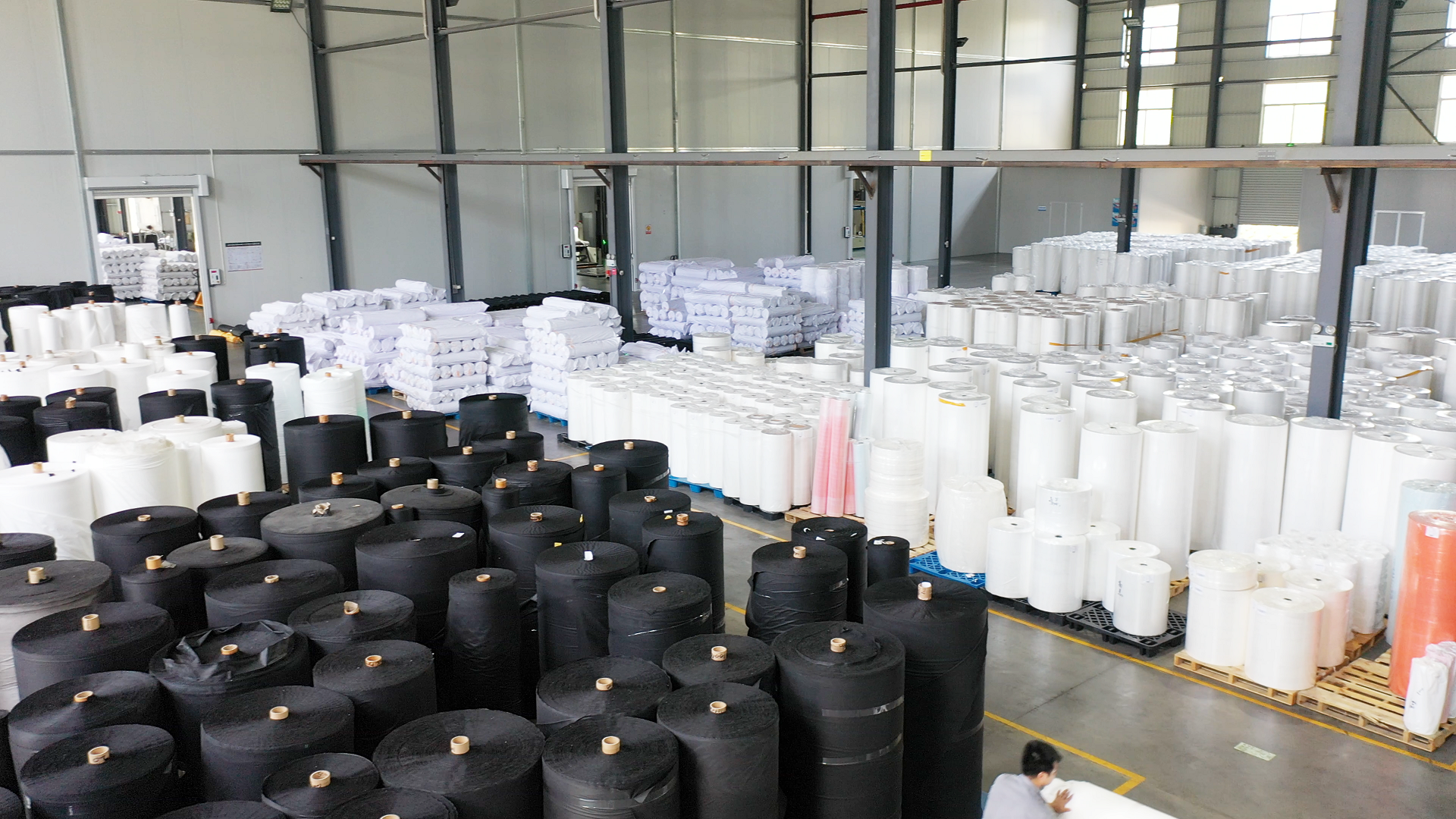The PET spunbond nonwoven market pertains to the production and utilization of nonwoven fabrics made from polyester fibers, specifically through a process called spunbonding. Here’s an introduction to the market:
Overview of PET Spunbond Nonwoven Fabrics
- Definition: PET (polyethylene terephthalate) spunbond nonwoven fabrics are engineered textiles made from continuous filaments of polyester. The spunbonding process involves extruding polyester fibers, laying them out in a web, and bonding the fibers together through heat and pressure, without the use of traditional weaving or knitting techniques.
- Characteristics: These nonwoven fabrics are known for their durability, lightweight nature, breathability, and resistance to tears and water. They are also available in various thicknesses and can be treated for specific properties, such as UV resistance or antibacterial qualities.
Market Applications
PET spunbond nonwoven fabrics have a wide range of applications across various industries, including:
- Hygiene Products: Used in the production of diapers, feminine hygiene products, and medical gowns due to their softness and strength.
- Agriculture: Employed as agricultural covers to protect crops, allowing light and moisture while preventing pests.
- Construction: Used as geotextiles for soil stabilization, landscape fabric, and as barriers against moisture.
- Automotive: Utilized in automotive interiors for insulation, soundproofing, and upholstery.
- Home Textiles: Used in products like filters, mattress covers, and bags.
Market Trends
- Growth Drivers: The demand for eco-friendly and biodegradable materials has surged, driving innovation in the PET spunbond sector. The rise in hygiene awareness, especially post-pandemic, has further boosted the need for nonwoven fabrics in personal care products.
- Sustainability: As environmental concerns grow, manufacturers are focusing on sustainable practices, including recycling PET and producing biodegradable alternatives.
- Technological Advancements: Innovations in manufacturing processes and the introduction of nanotechnology are enhancing the properties of spunbond nonwoven fabrics, making them suitable for specialized applications.
Challenges
- Competition from Alternatives: The nonwoven market faces competition from woven fabrics and other types of nonwoven materials like meltblown and needle-punched fabrics.
- Raw Material Prices: Fluctuations in the prices of polyester and other raw materials can impact production costs and profitability.
Conclusion
The PET spunbond nonwoven market presents substantial opportunities across diverse sectors, driven by the increasing demand for durable, lightweight, and versatile materials. With ongoing advancements in technology and a focus on sustainability, this market is set to expand further in the coming years.
Post time: Mar-21-2025

